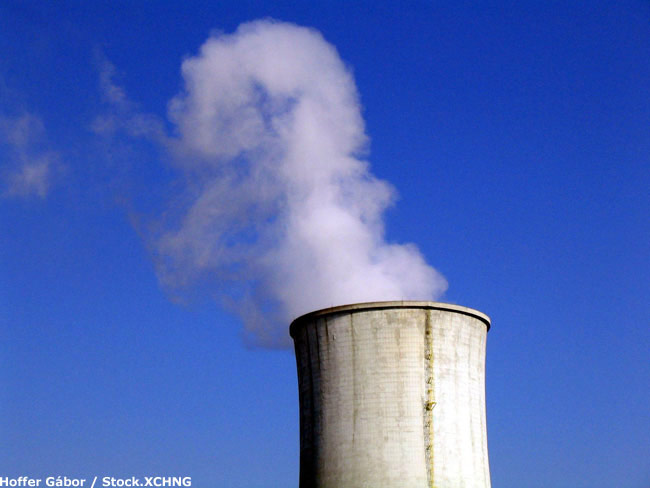Nuclear Fusion Moves One Step Closer

Nuclear fusion has long seemed promising as a source of energy. But it remains just that: a promise.
New research carried out at an MIT fusion reactor may have brought the promise a bit closer to reality, though scientists caution that a practical fusion power plant is still decades away.
Nuclear fusion is a reaction between two nuclei that combine together to form a heavier nuclei. The sun shines thanks to natural fusion reactions that turn hydrogen nuclei into helium.
Fusion is thought to have enormous potential for future power generation, because fusion plant operation would produce no emissions, fuel sources are potentially abundant, and it produces relatively little (and short-lived) radioactive waste. That's unlike nuclear fission (the splitting apart of a heavy atom to release energy), the process that powers all existing nuclear plants.
"There's been a lot of progress," said physicist Earl Marmar, division head of the Alcator Project at the MIT Plasma Science and Fusion Center (PSFC). "We're learning a lot more about the details of how these things work."
But putting fusion into practice still faces great hurdles.
One of the main issues is constructing a fusion plant that produces more power than it consumes, something not achieved yet experimentally. One part of this problem is determining how to propel hot plasma (an electrically charged gas) around inside a donut-shaped reactor chamber. This is necessary to keep it from losing its heat of millions of degrees to the cooler vessel walls.
Sign up for the Live Science daily newsletter now
Get the world’s most fascinating discoveries delivered straight to your inbox.
Now, the MIT scientists think they may have found a way.
Physicist Yijun Lin and principal research scientist John Rice have demonstrated a very efficient method for using radio-frequency waves to push the plasma around inside the vessel, not only keeping it from losing heat to the walls but also preventing internal turbulence that can reduce the efficiency of fusion reactions.
"That's very important," Marmar said, because presently used techniques to push the plasma will not work in future, higher-power reactors such as the planned ITER (International Thermonuclear Experimental Reactor) now under construction in France, and so new methods must be found. "People have been trying to do this for decades," he said.
But just how this method works is unknown — as yet there is no satisfying theoretical foundation for why it works as it does.
The results of the experiments are detailed in the Dec. 5 issue of the journal Physical Review Letters. The work was sponsored by the U.S. Department of Energy.
The Alcator C-Mod research has also led to other insights into developing fusion plants, including a method for preventing a kind of runaway effect that could cause severe damage to reactor components developed by Dennis Whyte and Robert Granetz.
- Innovation: Powerful Ideas for the Future
- Whatever Happened to Nuclear Power?
- What is Nuclear Fusion?










